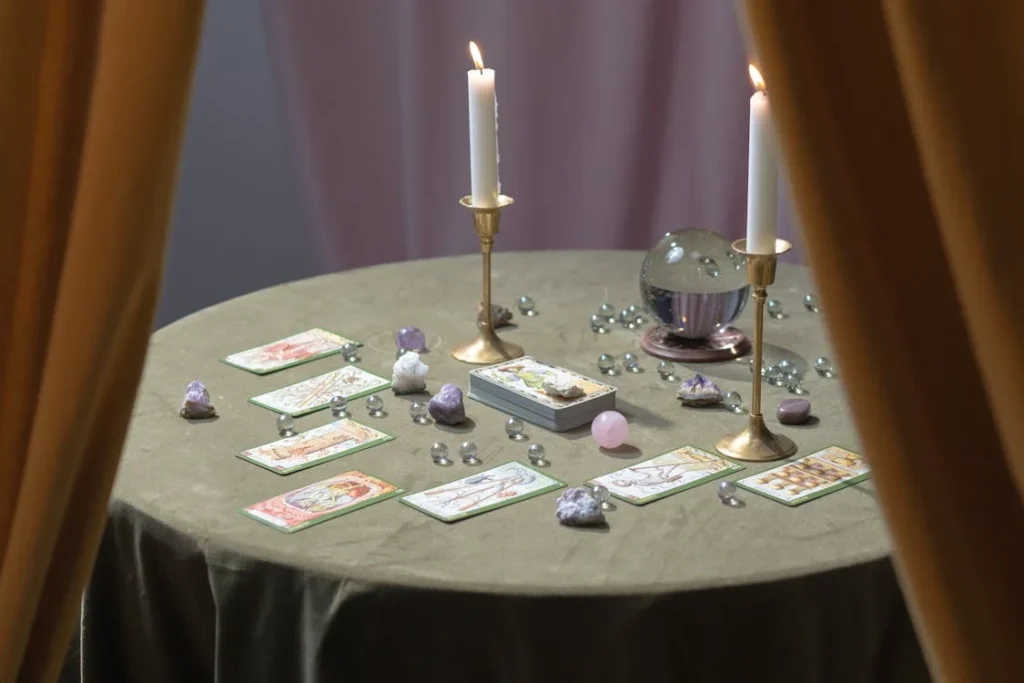Introduction
If you’ve ever been captivated by the deep, rich hues of violet gems, you’re not alone. These stunning, rare stones have a special allure that sets them apart in the world of gemstones. Violet gems are not only known for their striking color but also for their historical significance, rarity, and mystical properties. Whether you’re a gemstone collector, a jewelry enthusiast, or simply someone fascinated by the beauty of nature’s creations, violet gems offer something truly unique. In this ultimate guide, we will explore everything you need to know about these captivating stones, from their types and origins to how to identify and buy them.
What Are Violet Gems?
Violet gems refer to a variety of gemstones that exhibit a range of purple shades, from light lavender to deep amethyst. These gems often contain traces of iron or manganese, giving them their distinct violet color. While violet gems are rare in nature, their beauty and allure make them highly sought after by collectors and jewelers alike. Some of the most popular types of violet gems include amethyst, tanzanite, and spinel. Each has its own unique characteristics and appeal.
Types of Violet Gems
1. Amethyst: The Most Popular Violet Gem
Amethyst is perhaps the most well-known violet gem. This beautiful variety of quartz ranges in color from pale lavender to deep purple. Historically, amethyst has been considered a symbol of royalty and spiritual enlightenment. Due to its popularity, amethyst is widely available in many parts of the world, including Brazil, Zambia, and Uruguay.
For more detailed insights into amethyst, visit this trusted gem resource.
2. Tanzanite: The Rare Violet Gem
Tanzanite is another highly prized violet gem that is only found in the foothills of Mount Kilimanjaro in Tanzania. With its vivid blue and violet hues, tanzanite is one of the most unique gemstones on the market. Its rarity and striking appearance make it a favorite among high-end jewelry designers.
3. Violet Spinel: A Rare and Gorgeous Gemstone
Violet spinel is a gemstone that is often mistaken for sapphire, but it holds its own place in the world of violet gems. With its brilliant luster and vibrant color, violet spinel is highly valued for its durability and striking beauty.
How to Identify Violet Gems
Identifying violet gems requires some expertise, as many gemstones share similar colors and properties. However, there are several distinguishing factors that can help you determine whether a gemstone is truly a violet gem:
- Color: The most obvious indicator is the color itself. Violet gems often display shades of purple, from lavender to deep violet.
- Clarity: Look for gemstones that are transparent and free from visible inclusions. Amethyst and tanzanite, for example, are often highly prized for their clarity.
- Hardness: The Mohs scale of hardness can be a good indicator of the gemstone’s durability. Amethyst has a hardness of 7, while tanzanite ranks at 6.5 to 7.
If you’re ever unsure, it’s best to seek the expertise of a professional gemologist who can provide you with accurate identification.
Where to Find Violet Gems
Violet gems can be found in various regions around the world, but some locations are particularly known for their rich deposits of these precious stones.
- Amethyst: Found in Brazil, Uruguay, Zambia, and other regions.
- Tanzanite: Exclusively found in Tanzania, near Mount Kilimanjaro.
- Spinel: Mined in Myanmar, Sri Lanka, and other parts of Southeast Asia.
By understanding where violet gems are sourced, you can make more informed decisions when purchasing them.
Why Are Violet Gems So Valuable?
The value of violet gems is determined by a variety of factors, including rarity, color, size, clarity, and origin. Some violet gems, like tanzanite, are considered extremely rare and are only found in specific regions, which adds to their exclusivity. Others, like amethyst, are more widely available but can still command general high prices depending on the quality and size of the stone.
How to Care for Violet Gems
Caring for violet gems is essential to maintaining their beauty and value. Here are a few tips to ensure your gemstones stay in excellent condition:
- Avoid harsh chemicals that can damage the gemstone’s surface.
- Store your gems separately to prevent scratches from contact with other jewelry.
- Clean your gemstones regularly using a soft cloth and warm soapy water.
With proper care, your violet gems can maintain their beauty for years to come.
Frequently Asked Questions (FAQ)
What is the rarest violet gem?
Tanzanite is considered one of the rarest and most valuable violet gems due to its limited geographic location and unique color.
Can I wear violet gems every day?
Yes, many violet gems, like amethyst and spinel, are durable enough for everyday wear. However, gemstones with lower hardness, such as tanzanite, may be more susceptible to scratches and should be handled with care.
What makes violet gems special?
The allure of violet gems lies in their vibrant color and rarity. These stones are often associated with luxury and have a timeless, elegant appeal that makes them perfect for high-end jewelry.
Conclusion
Whether you’re drawn to the rich hues of amethyst, the rarity of tanzanite, or the brilliance of violet spinel, violet gems have a charm and beauty that is hard to resist. By understanding the types of violet gems, how to identify them, and how to care for them, you can make informed decisions and appreciate these stones’ full potential. Always remember to consult with trusted gem experts and resources to ensure you’re getting the best quality.
For more information on gemstones and their properties, check out this GIA article on gemstone care.
